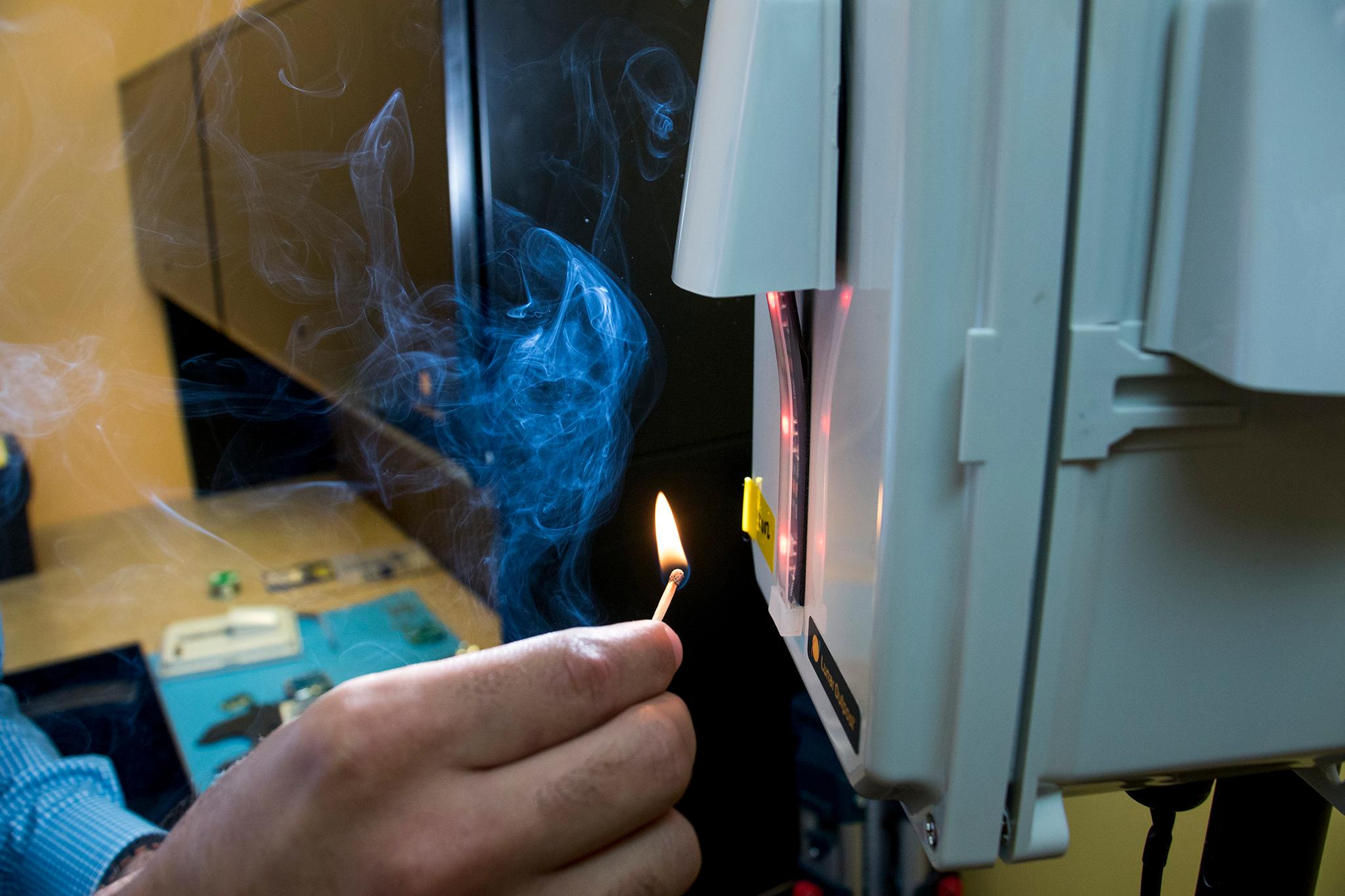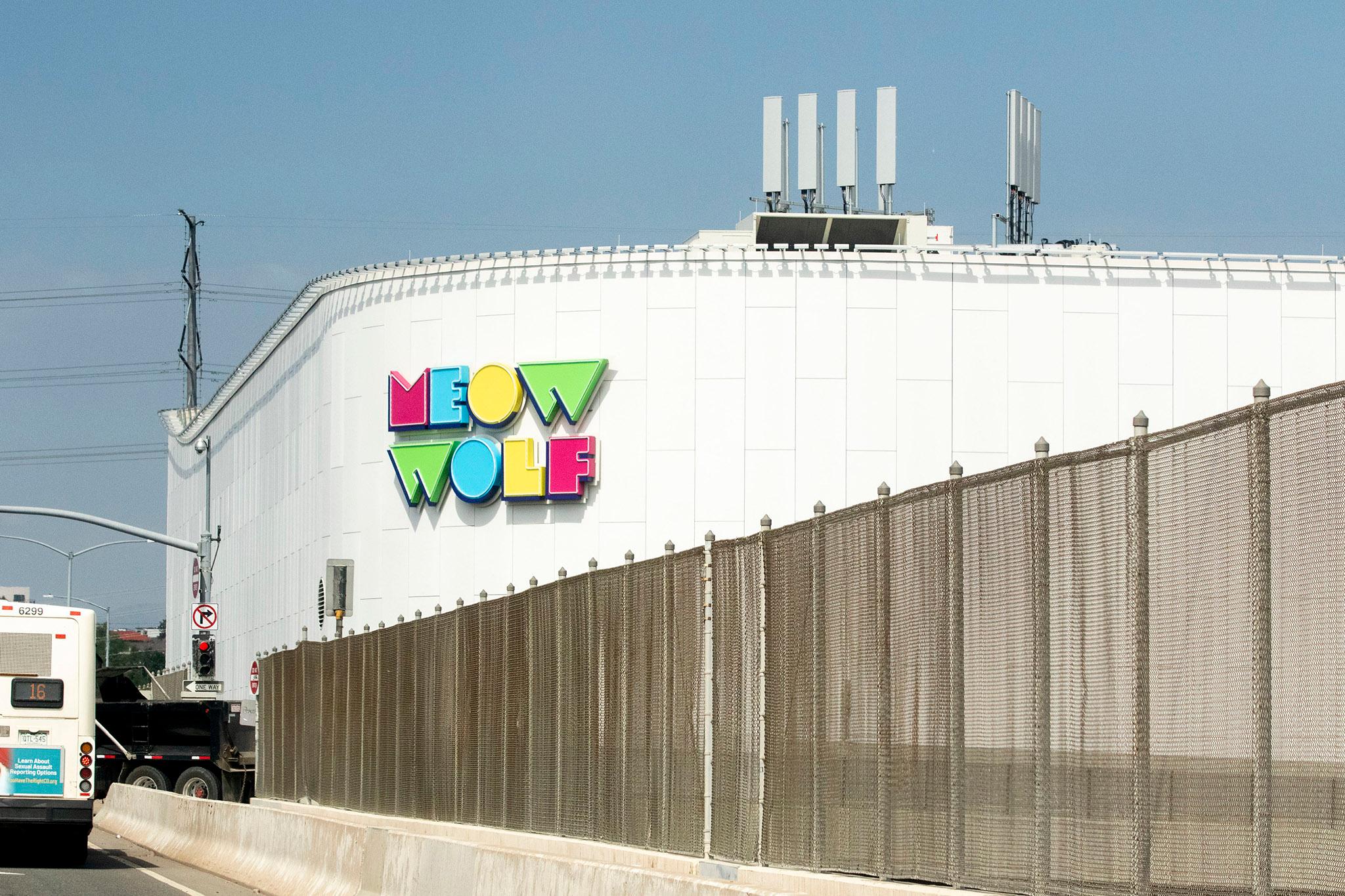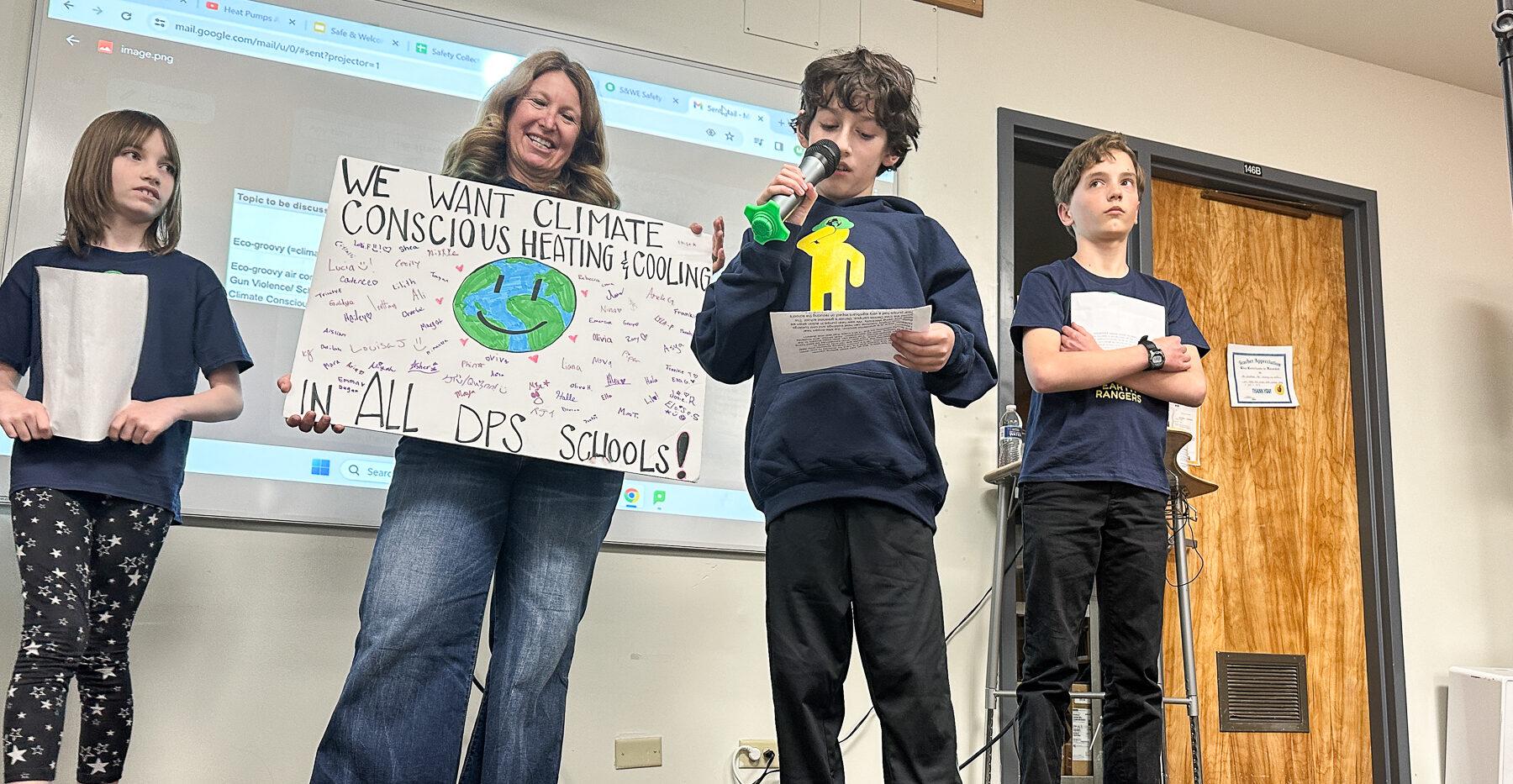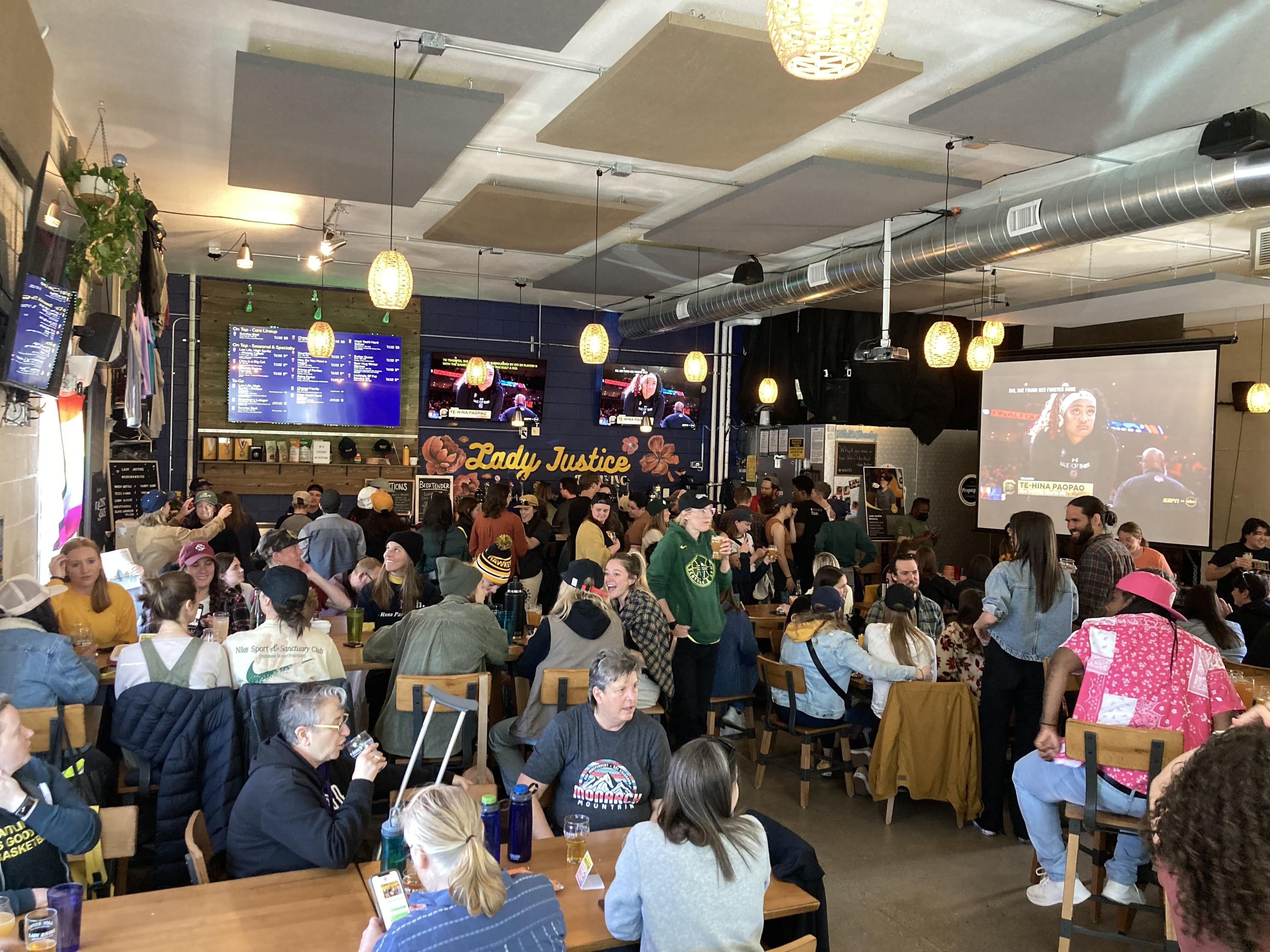As he defended his environmental initiatives during a recent campaign event, Mayor Michael Hancock made the first public reference to a project that the Denver Department of Public Health and Environment (DDPHE) has been working on for months: a network of 100-plus air quality sensors that will bring a much deeper understanding of the city's air quality issues and, crucially, disparities in who pollution effects most.
"Today we got the approval to implement the largest air quality testing monitoring system in the entire United States of America, right here in Denver, Colorado," he said.
Michael Ogletree, DDPHE's air program manager, said that's basically right. Most "comprehensive" is probably the word he would use, though, he added: "Largest works, too."
Here's what it will look like:
Ogletree said his department is working on a "hybrid" sensor network that will feed into an accessible online dashboard filled with up-to-the-hour data.
The full dataset will pull info from a variety of monitors. This includes six existing sensing stations around the city that measure a full suite of pollutants. Five of them are operated by the state and are required by the EPA, the other was set up by the city at Swansea Elementary to measure construction and traffic impacts related to I-70.
Next comes 25 custom sensing units from Lunar Outpost, a company based in Golden that has aspirations to measure atmospheres on Mars and on the moon. Fifteen of those are already deployed, and Ogletree said he'll be ordering more soon.
DDPHE is working on getting the remaining set of sensors, but a spokesperson said she couldn't comment on their progress thus far.
A monitoring network of this size has only been possible in recent years. As sensors have become smaller and cheaper, they've become significantly more accessible.
Ogletree said the network will be looking mostly at PM2.5, particulate pollution measuring 2.5 microns (3 percent the width of a human hair) that's particularly worrisome because it can pass through a human's lung tissue and into the bloodstream.
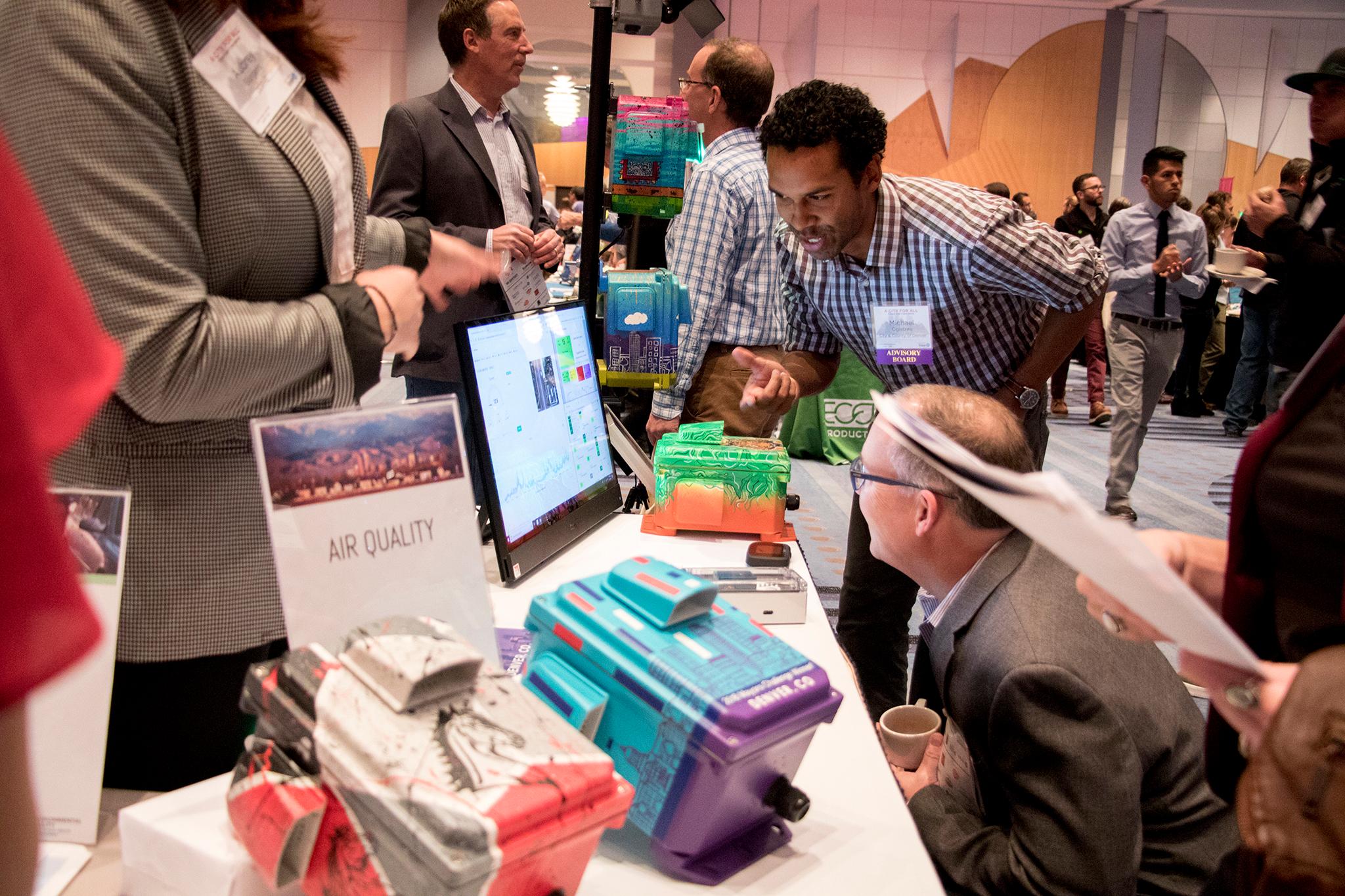
Most of these will be installed around the city, particularly outside of schools. Between 10 and 20 will be available for teachers to use in air-quality-related curricula. This is part of a program funded by an award from the Bloomberg Mayors Challenge, which Hancock won in 2018 for a proposal to work on air quality issues. Ogletree said students will be able to use the technology to conduct their own experiments and learn about how air pollution affects health. DDPHE is thinking about an "air quality science fair" down the line, though that wouldn't happen in the program's first year.
All of the deployed monitors will create a huge dataset of PM2.5 pollution in the city, funnel it through some equations to mesh it all together and account for changes in temperature and humidity, then present it as readable information on a platform called AirSense. Ogletree said the Denver-specific website will be up sometime before the 2019-20 school year starts in August.
Here's what the city hopes this will achieve:
The Front Range struggles with two regular cycles of bad air.
In the summer, ozone levels tend to rise due to vehicle traffic and also oil and gas development throughout the region. A few years ago, the National Center for Atmospheric Research found that these two sources equally impact ozone levels, which have long been out of compliance with federal standards.
In the winter, temperature "inversions" trap particulate pollution close to the ground. If you saw haze and some air quality warnings a month or so ago, that's what was going on. Particulates in the city come from a variety of sources, like construction sites, tailpipes and just plain old dirt.
People all along the region deal with these issues, but families and kids living in north Denver have more to worry about. Because air pollution can be extremely location-specific, families living near interstates are more likely to experience increased pollution from cars and trucks. North Denver is also close to Xcel Energy's Cherokee Generating Station and the Suncor tar sands refinery. The latter holds permits to release all kinds of chemicals into the air.
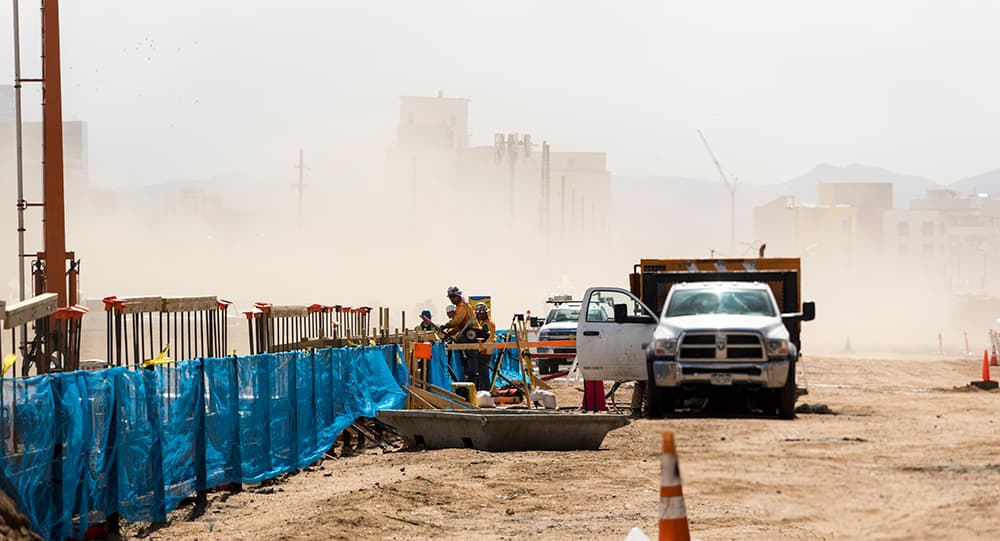
Ogletree said DDPHE's collection of monitoring projects is meant to impact the neighborhoods where air pollution is most problematic, particularly when they'll be placed in and around schools.
"We are looking at our deployment through an equity lens," he told us, which means many of them will end up along the I-70 corridor.
His department chose schools by looking at health and economic data. Through a data sharing agreement with Denver Public Schools, they first identified which had the highest rates of asthma, then filtered those results by which had the most kids eligible for free or reduced lunch, and then picked the places they thought would be most open to working with them. Swansea Elementary, Bruce Randolph and Garden Place Elementary already have monitors in place. Ogletree's department is also looking at Fairview Elementary, South High and Gust Elementary, among others, to engage for programming next year.
But all this measurement is not just about observing the problem. The Bloomberg Challenge's goal is to actually impact health outcomes for residents who experience air pollution most acutely.
"We're actually using that data to address a need, to address impact on kids," he said.
As they've worked to secure their sensors, Ogletree and company have also held focus groups to measure how much people know about these issues, figure out how best to display their new data and develop solutions to deal with pollution sources within city limits.
In the short term, those solutions will focus mainly on mitigating exposure to PM2.5 from vehicles and construction sites. DDPHE will work with construction managers to divert the worst-polluting activities to times when students aren't nearby and try to rally drivers to cut down on idling around schools.
Ogletree said they've already begun this outreach, and they're working on a larger suite of measures to tackle pollution. Because they're measuring the air with increasing resolution (more sensors), they'll be able to figure out which tactics are working best and expand those programs as they move forward.
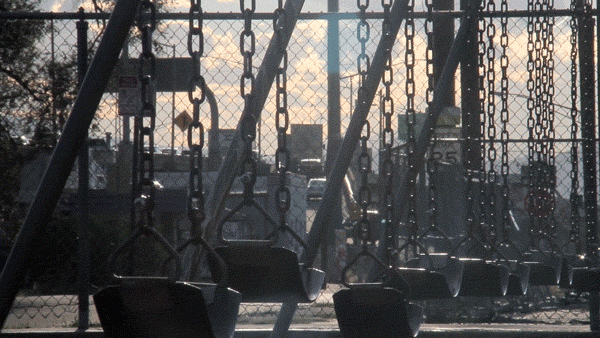
To deal with the larger, regional pollution events that are out of the city's control, DDPHE will develop programs with schools to shield students from bad air. Ogletree said they're still working out the details, but it could be something like cycling kids through a school gym for recess instead of letting them play outside. His department is hoping these programs will avoid sedentary options.
"We don't want kids to just sit in front of a TV, which is what can happen during those events," he said. Dodgeball might be a better option.
All this sums up to a pretty ambitious program that the mayor was happy to tout during the Alliance Center's mayoral candidate forum on the environment. But it's also a point of pride for DDPHE and Ogletree, who's a professional geek in the field.
"I think it's really exciting," he said. "It's awesome."
Ogletree's taken these ideas on the road to conferences around the country, and he hopes Denver will become a monitoring model for municipalities throughout the world.

